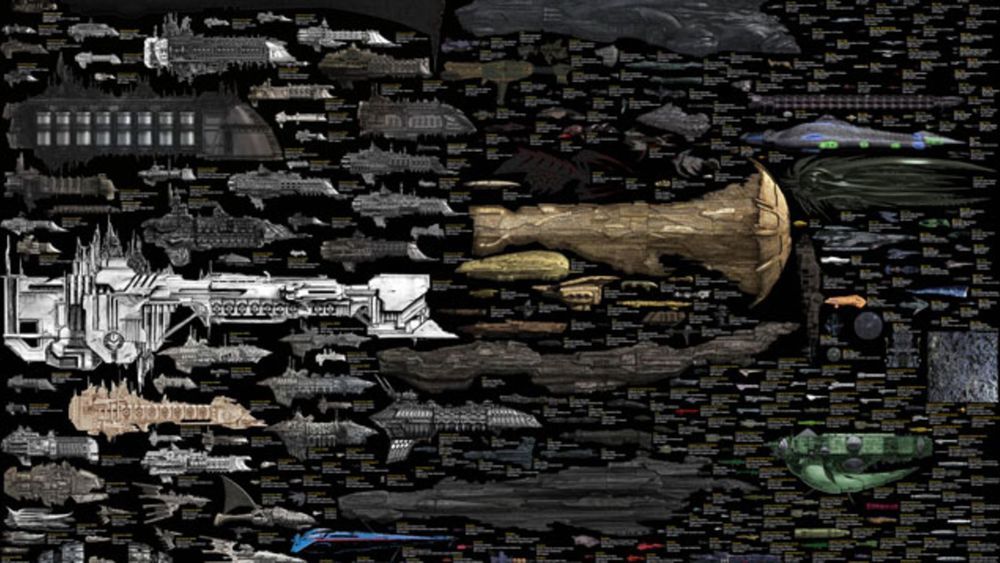To kill bacteria in the blood, our immune system relies on nanomachines that can open deadly holes in their targets. UCL scientists have now filmed these nanomachines in action, discovering a key bottleneck in the process which helps to protect our own cells.
The research, published in Nature Communications, provides us with a better understanding of how the immune system kills bacteria and why our own cells remain intact. This may guide the development of new therapies that harness the immune system against bacterial infections, and strategies that repurpose the immune system to act against other rogue cells in the body.
In earlier research, the scientists imaged the hallmarks of attack in live bacteria, showing that the immune system response results in ‘bullet holes’ spread across the cell envelopes of bacteria. The holes are incredibly small with a diameter of just 10 nanometres.







